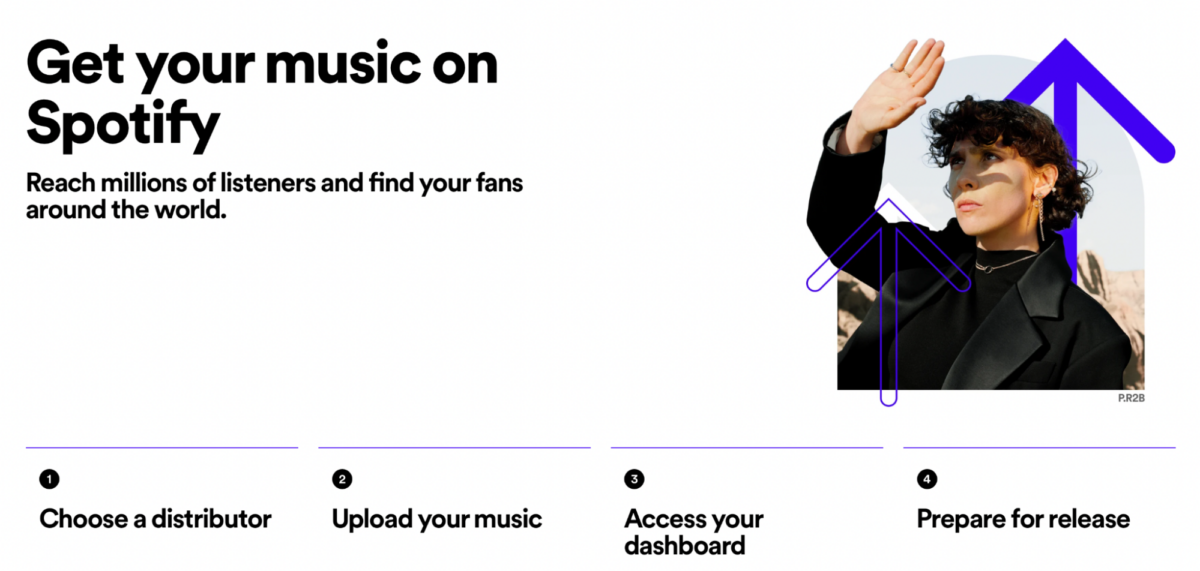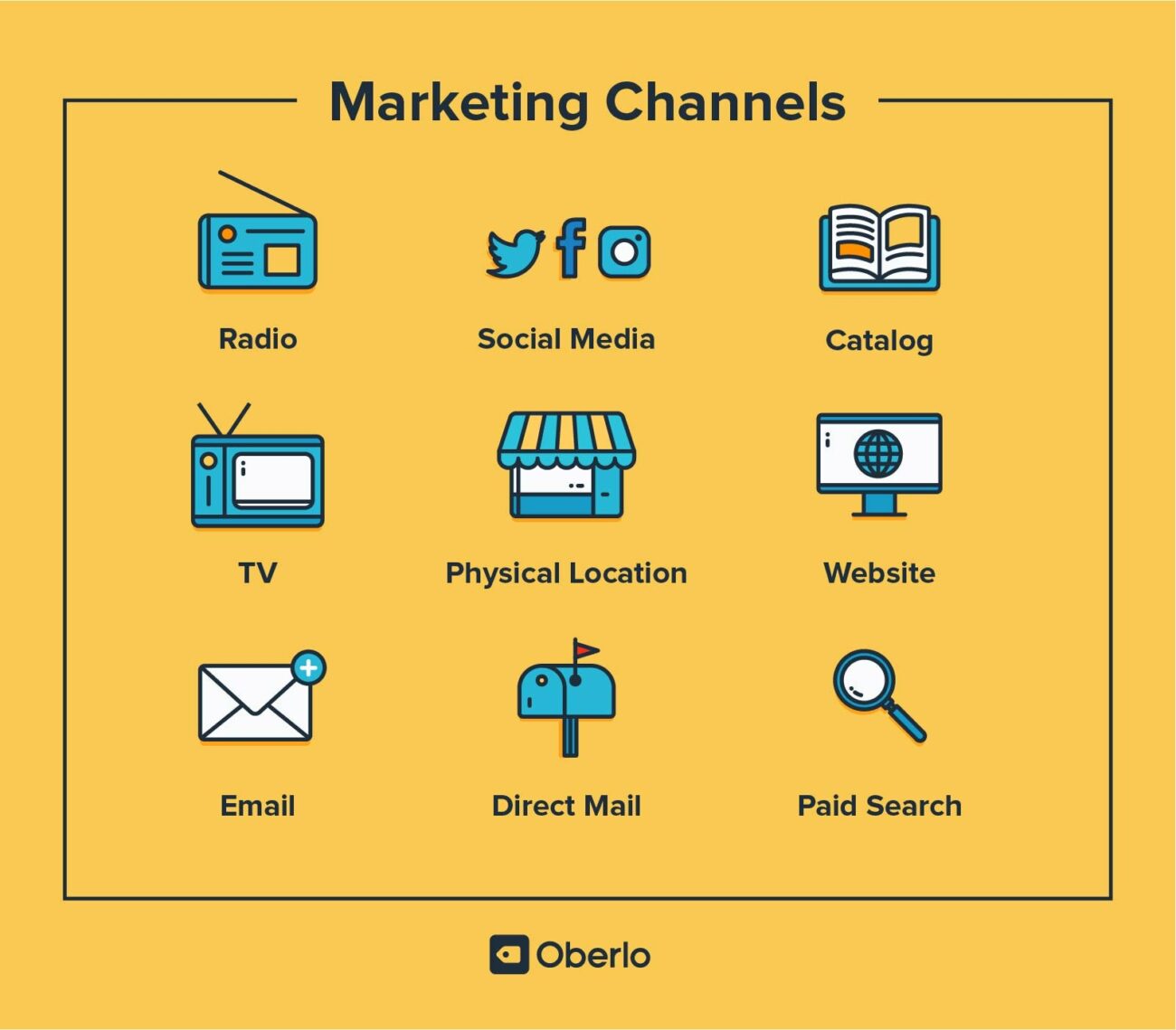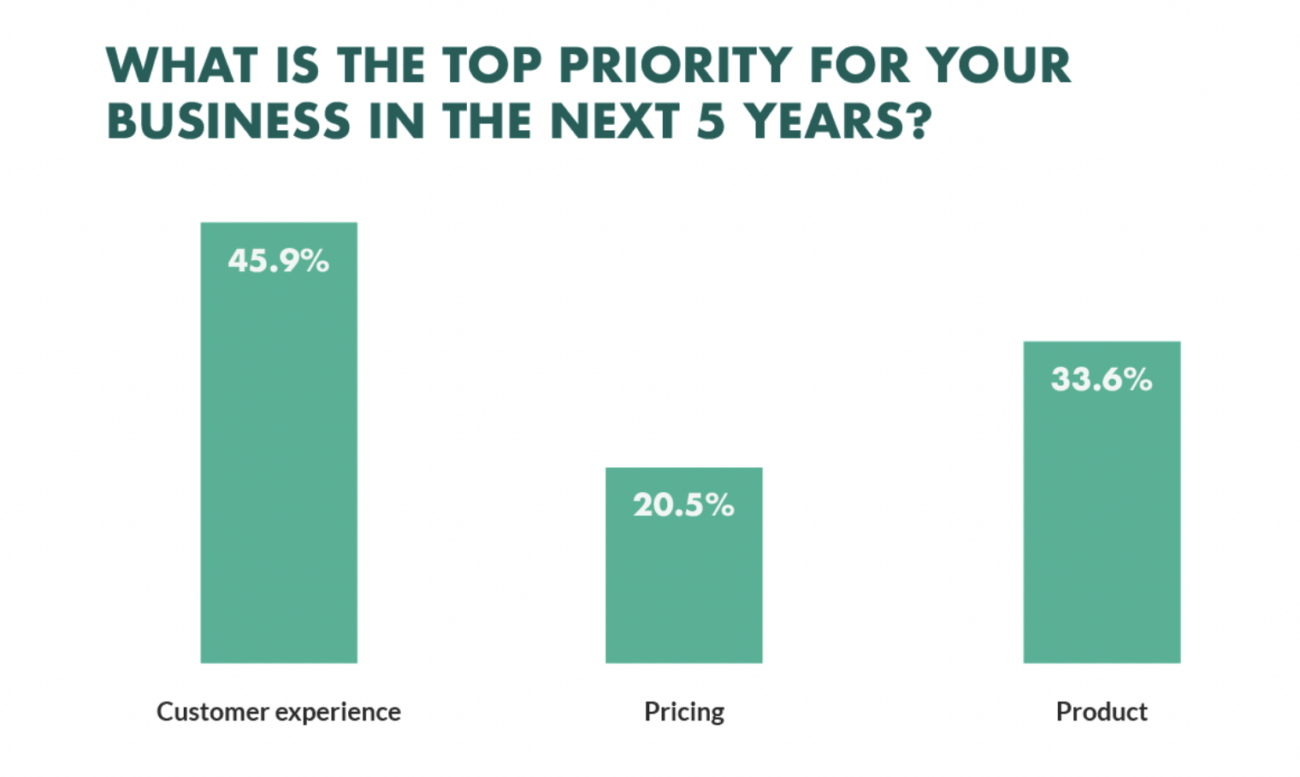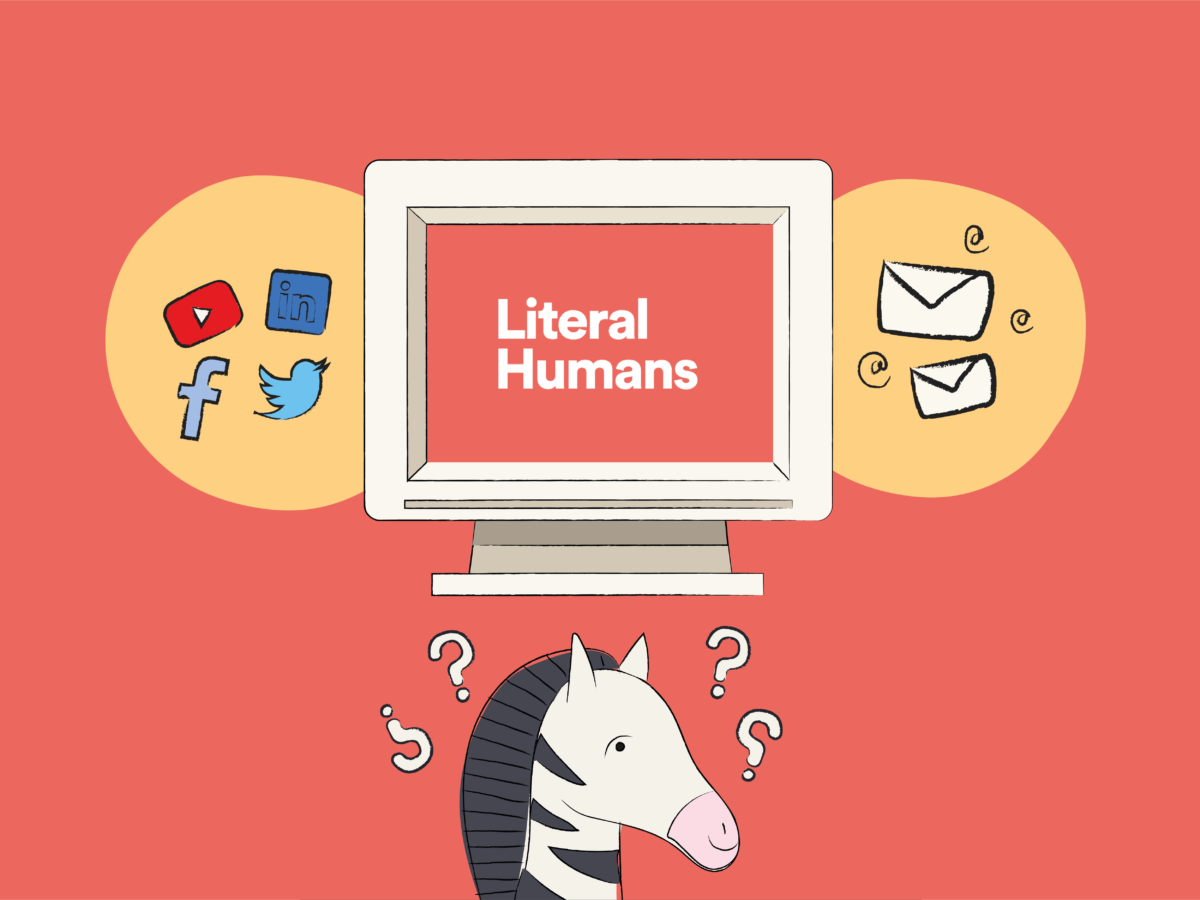Our world revolves around technology as if it were the sun. The advancements that we chase, like self-driving vehicles and robots that can assist in surgeries, are no longer a figment of our imaginations. They are a part of our, sometimes unbelievable, reality.
It should be no surprise that these applications and their rapid development have had huge effects on businesses. It’s never been harder to keep up with channels, deliver consistent content, keep audiences engaged, and cater to their every whim.
Sometimes the right thing to do is to hand everything over to the experts. But how are you supposed to know when this isn’t the best decision for your business? To help you make that call, let’s discuss content as a service for when the trendy choice isn’t optimal.
What is content as a service?
Let’s clarify what we’re talking about here. Conveniently abbreviated to CaaS, the method is used to combat the growing issues faced by companies. This includes fragmented audiences, the increased complexity of content marketing, and tougher competition. To solve them, the service combines technology and strategy to give your business an edge.
60% of millennials in 2022 expected a consistent experience from every channel. And if this wasn’t enough of a challenge, it has also been predicted that this percentage will increase in the coming years.
The way companies meet these presumptions is through the business strategy known as omnichannel marketing.

As opposed to multichannel marketing, an omnichannel experience is all about the consumer. The idea is to meet them wherever they are in real-time so they have a more positive interaction with your brand. Ideally, this will lead to advocacy and more sales.
That’s where CaaS comes in. Through the capabilities we mentioned before, you can send your automatically structured content to every necessary touchpoint. But that isn’t everything it can do. So, let’s take a more in-depth approach to what opportunities the service brings, and whether they’ll be a good match for your company.
How does content as a service work?
That all sounds great, but how does it make good on these promises? Users will find a cloud-based server which delivers content anywhere using a web service. These digital assets are stored on an authoring and publishing space called a headless content management system, or a CMS.
Through REST APIs, this information is channeled to any platform you require, ensuring the structure is consistent and appropriate for its destination. This place is called the presentation layer, which could be a website, smart device, or mobile phone.
The relationship between Spotify and the way that artists use it is a great way to illustrate the process. Users upload their songs, album, or podcast with customized titles and imagery. But it’s the platform itself that handles the formatting, general design, and experience. The premise is the same between businesses and CaaS providers.

We’ve already touched upon CMS, but since this is a quest for knowledge, we will explain which ones you’ll hear the most about and how they differ. The headless CMS is the answer to the limitations of the traditional, such as lack of flexibility and no customization.
Traditional CMS:
- A monolith content delivery system.
- The front-end and back-end are connected to power a website. Examples of this type would be Shopify and WordPress.
- Predetermined experiences for the user and admins.
Headless CMS:
- A subset of a decoupled system.
- An API-first management system that is back-end only, which means it works without a connected front-end.
- Uses a universal format, often JSON, but offers the freedom and ability to customize.

Advantages and disadvantages of content as a service
So, why isn’t everyone jumping on the bandwagon? Simply put, CaaS is great for certain situations but isn’t worth its weight in others. It’ll be tough to make any sort of commitment before you know the advantages and disadvantages out there. So, we’re going to dive in.
Advantages of CaaS
- When there is a predetermined set of instructions, it is easy to keep branding and messaging consistent. Consumers are bound to respond well to this.
- For a successful customer experience and smooth e-commerce, consumers need access to your brand everywhere. CaaS makes omnichannel marketing possible through the use of APIs.
- Unlike traditional CMS systems, a headless version allows for customization and creative freedom. You won’t have to make any compromises with CaaS.
Disadvantages of CaaS
- You will need the right technology in place to support CaaS. If you don’t have the knowledge, budget, or resources, it may not be a good fit.
- There are alternatives out there, such as a traditional CMS that can be implemented in less time and for less cost. An example would be the Adobe Experience Platform.
- A full CaaS conversion takes a lot of management and commitment. This will remove focus from other aspects of your business and therefore pose a risk.
- A full CaaS conversion takes a lot of management and commitment. This will remove focus from other aspects of your business and therefore pose a risk.
Keeping these in mind will help you make the most informed decision for your company. Remember, not everyone finds success through the same methods. You need to know when CaaS is the answer to your prayers and when it might not be.
So, to make the job easier, let’s explore when the service is necessary for business and when it isn’t.
When content as a service might be necessary for your business
As mentioned earlier, traditional CMS systems are not equipped to handle the needs of the market we know today. It is concerned mainly with a brand’s website and cannot keep up with the multitude of channels available now.

This, coupled with the need for personalization at every point of contact, has led companies to alternative CaaS CMS platforms. Many expanding companies are adopting the service model to keep up with the high demands of consumers.
But it isn’t just multimillionaire giants who have something to gain. The service can benefit business owners and developers who want to step up their digital experience and utilize automation for the challenges of the future.
So let’s jump in and explore the many reasons to incorporate CaaS. You might find that it’s just what your company has been waiting for.
If you have a large target audience
It can be very difficult to communicate with a lot of demographics. After all, you’re unlikely to build a solid relationship with middle-aged women if your content marketing is directed at teenage boys. For many businesses the gaps won’t be this dramatic, but they’ll still be there.
Let’s look at one example in particular. If you’re partial to a game of Candy Crush, you may be aware of the growing gaming industry. You’ll probably also be aware of its impressive scope. Bloggers, for instance, may have a wide variety of news and reviews to discuss with their readers. Before they do, here are some things they’d need to consider.
- Producing content. There will be a lot of people to engage with. For instance, new consumers will potentially want walkthrough articles and tutorials. Long-term customers might want videos on the latest releases and updates.
- Scalability. As a marketer, you may have to appeal to mobile players, PC gamers, and newer models like the Nintendo Switch and PS5. Each of these users will have a preferred consumption mode, such as mobile, computer, or a PS5 web browser.
- Audience. The average age of a mobile gamer is 36.3 years. However, 73% of children aged 8-11 years play console games. In terms of gender, the statistics are changing with the times. In the US, more women are becoming players. It’s more important than ever to market equally.

Is all this starting to sound a little familiar? Whether you’re in an industry with similar considerations or you’re in the gaming industry and we’ve hit the nail on the head, you could need CaaS.
The CaaS model makes it simple to use gathered data, so insights into customer preferences have never been so readily available. You can transform this information into better personalization. You can cater to a user’s needs by meeting them seamlessly on their chosen channel with relevant content that is tailored to them specifically.
A big audience takes more time to appeal to and engage with. By using CaaS, you do not need to put in the work to duplicate or rework content once it’s been created, as the service will do this for you. You’ll free up your workflow and still have a greater reach.
When improved customer experience is your goal
A memorable and positive customer experience is a surefire way to stand apart from your competition. Chances are, as a consumer, you remember the brands that went above and beyond for you. You’re much more likely to buy from them again.
The perception of your brand and the interactions had with it are crucial to success. 72% of customers will share a positive encounter with 6 or more people. There’s more proof in the pudding. Companies with exceptional customer experience grow revenues 4-8% above their market.
There have been plenty of reported benefits from research and use cases that are encouraging businesses to make this a top priority in their goals and strategies.
- Increased revenue
- Stronger relationships
- Quicker acquisition
- More consistent growth
- Greater customer satisfaction
- More retention and advocacy

But what does CaaS have to do with this? It’s a significant tool for bettering customer experience. You will be able to influence what the audience sees, how, and when, which will get the right content in front of them at the right time.
It also changes the role your employees play, too. CaaS turns content management into a service, meaning it’s no longer your employees’ responsibility to handle it. You’re guaranteed to see improvements in customer experience when your team are free to provide that human touch and additional care they didn’t have as much time for previously.
If you feel pressure to future-proof your company
It’s projected that, in 2024, content marketing will be worth an eye-watering $600 billion. As ridiculous as the number sounds to most of us, it shows that the value of what we put out there is greater than ever. This knowledge has led many businesses to ponder what the future looks like.
For companies, especially those in industries like marketing, robotics, data security, and artificial intelligence, it is crucial to be ready for what lies ahead. That is definitely easier said than done, especially considering the rapid developments and evolutions we’ve seen already. If your business needs to be future-proof, CaaS might be a necessary addition.

We can make as many guesstimates and predictions about the next few years, but no one can really say for sure what it will look like. But here’s the good news. There are ways to gain security for your business without hiring a fortune teller.
Here are some of the most important ways to do just that, and the surprisingly large role CaaS plays in it all.
- Scaling up capabilities. Businesses that don’t utilize a CMS won’t be able to meet the demands of the market. However, bigger companies that attempt to juggle multiple CMS platforms will find that this is tough to manage. Instead, CaaS uses a content repository which can adapt and scale. You will be able to anticipate future demand and meet it.
- A technology-agnostic approach. There is no single perfect solution for anything. Instead, a company should embrace whatever technology suits their needs. CaaS makes this process seamless. The flexibility of the service allows content to be reused for any future device. Beyond that, integration with AI tools, chatbots, and voice assistants is even possible.
- Broken down silos for efficiency. Silos are drains on creativity and productivity. To knock them down, you need to bring teams together and have them work towards one vision. When content is managed in one place, there is a unified culture, clear goals, and less competition in departments for resources. It’s a win-win situation.
- Have money spare for innovation. Business growth can be halted when the cost of technology becomes too great of a burden. While a headless CMS is a more expensive option than a traditional CMS, you’ll see the benefits as soon as it goes online. You’ll save on development, distribution, and gain more revenue potential. This is possible because the provider handles the end result.
One of the greatest advantages of this form of content presentation is that you’ll be able to transform anything to meet the trends and channels to come. For example, if you create something with a mobile app in mind, it can also be used on a digital kiosk, which is an increasingly prevalent marketing method.

The Internet of Things (IoT) market continues to grow. And who knows, maybe one day these interactive screens will replace drivers in automated vehicles. If we start thinking as the movies do, then maybe marketing holograms are on the way too. Wherever technology takes us, CaaS can help your company stay afloat when changes arise.
When content as a service might be unnecessary for your business
As you know, business is all about making big decisions. These only get tougher to make when you have innovative technology on one hand and the need for security on the other. Can you stay ahead of demanding customers and fierce competition when you don’t take any risks? Truth is, jumping on the bandwagon isn’t always the right move.
Perhaps you’ve weighed up the pros and cons of CaaS and decided that it could be the next big step for your budding company. But first, let’s take a step back. Pour yourself a calming cup of chamomile and ask the question: is CaaS necessary for my business?
To find the answer, let’s delve into some of the reasons why you simply might not need it.
When you’re better suited to a custom model
A custom CMS isn’t going to be for everyone. But some businesses with very specific needs will need to go beyond CaaS and do the work themselves. There are various reasons why this might be needed.
- Too many unique cybersecurity issues and requirements for third-party plugins
- There are too many features of pre-existing options you wouldn’t use
- Specific needs that are not catered for by a pre-built CMS
- You have regulations for content storage and data privacy that won’t be met
- Your business revolves around content management and needs to be custom
If these stresses have been preventing you from moving forward with a regular CaaS model, then maybe it’s not what you need. Building your own CMS might support you better. After all, how can you expect your company to thrive if you’re fitting it around the service instead of the other way around?

However, there are a few things to remember before you get started. This option is a bigger commitment and therefore needs to be carefully thought out. Here are a few questions to ask yourself.
- Do you have a team of in-house developers that have the skills and experience to realize your custom CMS?
- Do you have the time it takes to plan, create, and understand your custom CMS?
- Have you made space in your budget? A custom option will cost significantly more than a pre-built alternative.
- Will your custom CMS benefit you in the future?
- Can you see your custom CMS contributing to your goals and long-term plans?
If you can answer “yes” to all of the above, then choose the solution that will fit your business like a glove. You will have complete control over the product development, won’t have to worry about communication issues with the developer, and you’ll have something your competitors don’t have. It’s a perfect match!
If it’s overkill for your business needs
For businesses who are still developing, adjusting to the digital transformation, worried about pricing, incredibly niche, or website-focused, CaaS might do more harm than good. When it comes to improving your content strategy, consider what is best for you, not what everyone else is hyped up about.
Your business may fall into one of these categories below. If it does, then maybe reconsider CaaS for now. There are other budget-friendly ways of managing content, such as free social media tools and content calendars. Though they aren’t as dynamic, they can prevent your team and company from becoming overwhelmed.
- A lack of money, time, or other resources. There is the benefit of a wide range of service providers. Still, even those with lower up-front costs will require a chunk of money, time, and resources that you might not have the luxury of spending. You may even have to commit to a long-term subscription or plan that you possibly won’t be able to afford down the line.
- You want to remain small. It may sound silly, but some businesses don’t need all the bells and whistles. For instance, if you run a shop by yourself on Etsy, you may not be able to keep up with the high demand. You may only want an Instagram account and a webpage, in which case CaaS would be an unnecessary strategy.
The best way to determine where you stand and where you’re likely to be in a few years is with a brand audit. You can find our handy guide here. This will give you insight into your market position, user experience weaknesses, and how close you are to reaching set goals. Below is an example, but you can find templates that are as detailed as you’d like.

Once you have the confidence to make decisions, you can conclude the need for the service. Possibly, depending on the audit results, you could implement it into your long-term plan and start preparing for your new CaaS solutions in advance.
The future of content management
Content is king. But its accessibility and functionality are the glittering jewels that sit in the crown. 63% of potential buyers expect businesses to know their unique expectations and needs. This means meeting them at every touchpoint, at any time, and in any way.
The journey of a customer consuming your content, digesting the information, and eventually purchasing your product can be shortened when they know they can rely on you. Businesses are embracing CaaS because they know how important an omnichannel experience is. But is it the best way to optimize this process? Sometimes, but not always.
Your business is alive with its own needs and niches. The growing popularity of CaaS shouldn’t sway your decision. We can’t tell you what’s right. So, take everything we discussed into consideration, be knowledgeable in your enterprise, and find your answer.










